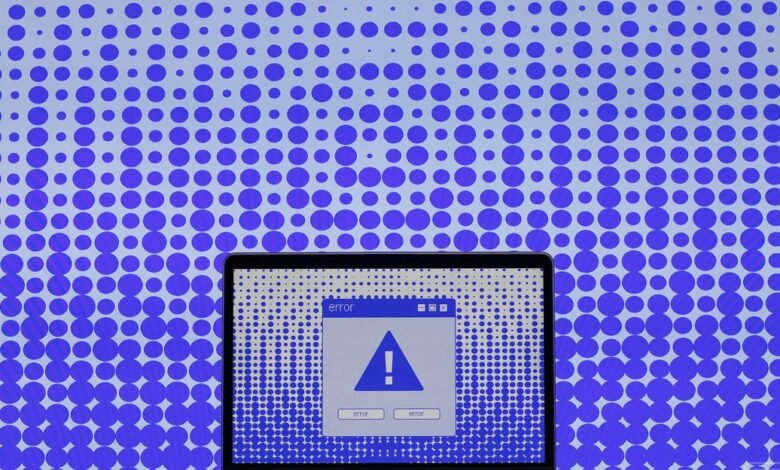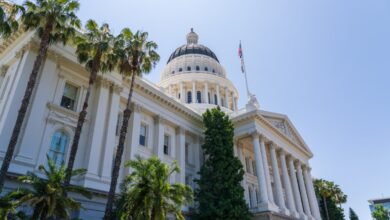Global Alarm Sounded Over Lack of AI Regulation

▼ Summary
– Over 200 prominent figures and 70 organizations have signed the Global Call for AI Red Lines, demanding an international political agreement on prohibited AI uses by the end of 2026.
– The initiative, led by several AI safety organizations, aims to proactively prevent large-scale, irreversible AI risks rather than reacting after a major incident occurs.
– While some regional AI red lines exist, such as the EU’s AI Act, there is currently no global consensus on what AI must never do.
– Organizers argue that voluntary company pledges are insufficient and call for an independent global institution with enforcement power to monitor and uphold these red lines.
– Experts contend that establishing safety red lines for AI, such as not building uncontrollable AGI, does not hinder economic development or innovation.
A powerful international coalition is demanding urgent action to establish global red lines for artificial intelligence, warning that the current lack of binding regulation presents an unacceptable risk. Over two hundred prominent figures, including former heads of state, Nobel laureates, and leading AI scientists, have united behind the Global Call for AI Red Lines initiative. Their goal is a clear international political agreement by the end of 2026 that defines actions AI systems must never be permitted to undertake, such as self-replication or seamless human impersonation.
This push for a foundational global agreement is being led by organizations including the French Center for AI Safety (CeSIA), The Future Society, and UC Berkeley’s Center for Human-Compatible Artificial Intelligence. The timing of the announcement is strategic, coinciding with the high-level week of the 80th United Nations General Assembly in New York. Among the notable signatories are AI pioneers like Geoffrey Hinton, OpenAI’s Wojciech Zaremba, and Google DeepMind’s Ian Goodfellow, signaling a rare consensus across the industry’s most influential voices.
Charbel-Raphaël Segerie, executive director of CeSIA, emphasized the preventative nature of the initiative. He stated that the objective is to avert large-scale, potentially irreversible disasters before they occur, rather than reacting after the fact. Segerie argued that while nations may disagree on how to best utilize AI, they should be able to find common ground on what it must never do. This sentiment was echoed by Nobel Peace Prize laureate Maria Ressa, who referenced the call while advocating for an end to “Big Tech impunity through global accountability.”
While some regional frameworks exist, such as the European Union’s AI Act which bans certain “unacceptable” uses, and a US-China understanding that nuclear weapons must remain under human control, these efforts are fragmented. The initiative’s backers contend that a piecemeal approach is insufficient for managing risks that are inherently global. Niki Iliadis from The Future Society pointed out that voluntary pledges and internal corporate policies lack the teeth for genuine enforcement. She advocated for the eventual creation of an independent global institution with real authority to define, monitor, and enforce these critical boundaries.
Addressing concerns that strict regulation could stifle innovation, leading AI researcher Stuart Russell offered a compelling analogy. He compared the situation to the early days of nuclear power, where reactors were not built until developers had a clear understanding of how to prevent catastrophic meltdowns. Russell asserted that the AI industry must similarly choose a technology path that builds safety in from the beginning. He dismissed the idea that economic development requires accepting uncontrollable artificial general intelligence (AGI), calling such a dichotomy “nonsense.” The development of beneficial AI for applications like medical diagnosis, he argued, can and must proceed entirely separately from the pursuit of potentially world-threatening AGI.
(Source: The Verge)





